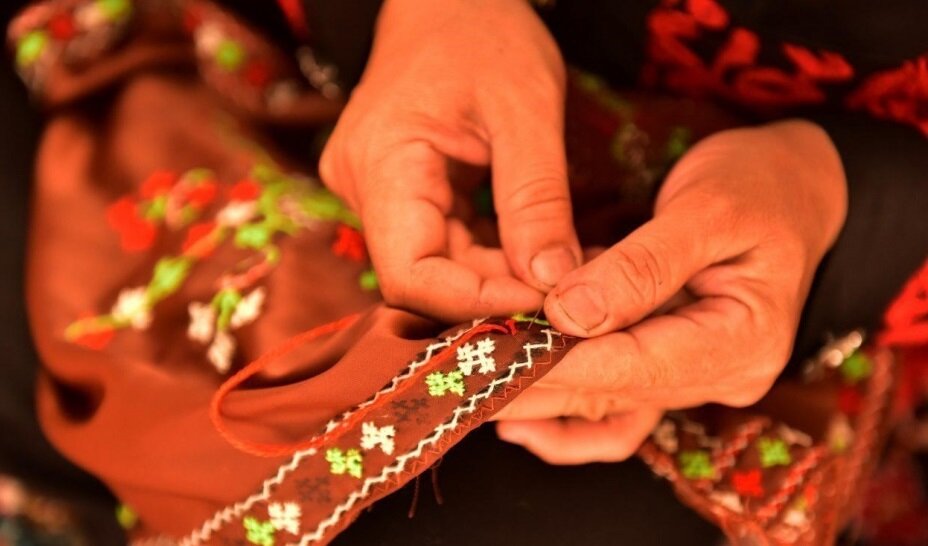Seminar to illuminate Baluchestan’s cultural canvas

TEHRAN - An inaugural specialized seminar on the authenticity, identity, and production of Iranian handicrafts with a particular focus on the culturally rich region of Baluchestan, titled “Iranian Handicrafts” will be held by Development and Revival Fund in coordination with the Deputy Minister of Handicrafts.
The seminar will be presented on Wednesday, February 21, from 14:00 to 17:00 at the Amphitheater of the Museum of Contemporary Arts in Tehran for enthusiasts in the field of handicrafts.
Aiming to get to know the authenticity and identity of local regions, creating hope and employment, dialogue, and scientific expansion intended to promote investment in the field of handicrafts, the event will be conducted.
This noteworthy gathering will attract a diverse audience such as students, graduates, researchers, small and large-scale producers, exporters, investors, and enthusiasts of Iran's culture and art, to gather to explore and engage in the diverse world of handicrafts industries.
As per some plans announced by authorized, the seminar's agenda includes presentations from four distinguished speakers, each specialized in different areas of the handicrafts landscape, including Yekta Asgharzadeh, seminar scientific secretary and researcher in intangible heritage, and Reza Ghadirian, an academic lecturer and researcher in textiles for handcraft industries, are the two seminar’s lecturers.
The seminar also features Farzad Faraji, former president of the Iranian Potters Association and member of the Biennial Ceramics Policy Council, along with Bita Bahrami Qasr, lecturer and researcher in the interpretation of patterns in handicrafts and clothing.
This free seminar welcomes the public, offering attendees a certificate of participation.
The event marks the beginning of a series that will continue to explore artistic industries in various regions of Iran in the future.
Currently, a total of 13 cities and three villages in Iran have been registered by the World Council of Handicrafts as “world cities of handicrafts”. Based on available data, the handicraft sector of the country has generated jobs for more than 2.5 million people, of which some 1.5 million are registered in government databases and around 0.5 million are licensed workers.
From exquisite carpets to subtle miniature paintings, and from turquoise inlaid objects to floral pottery, each one hints at skills passed down from generation to generation. The majority of skilled Iranian artisans use raw materials like wood, bones, silk, wool, copper, silver, gold, and gemstones to create exquisite handicrafts. They perform a miracle by infusing their sentiments and cultural ideas into these traditional handicrafts. Because of this, Persian artwork is incomparably valuable compared to many other works of art from around the world.
Leave a Comment